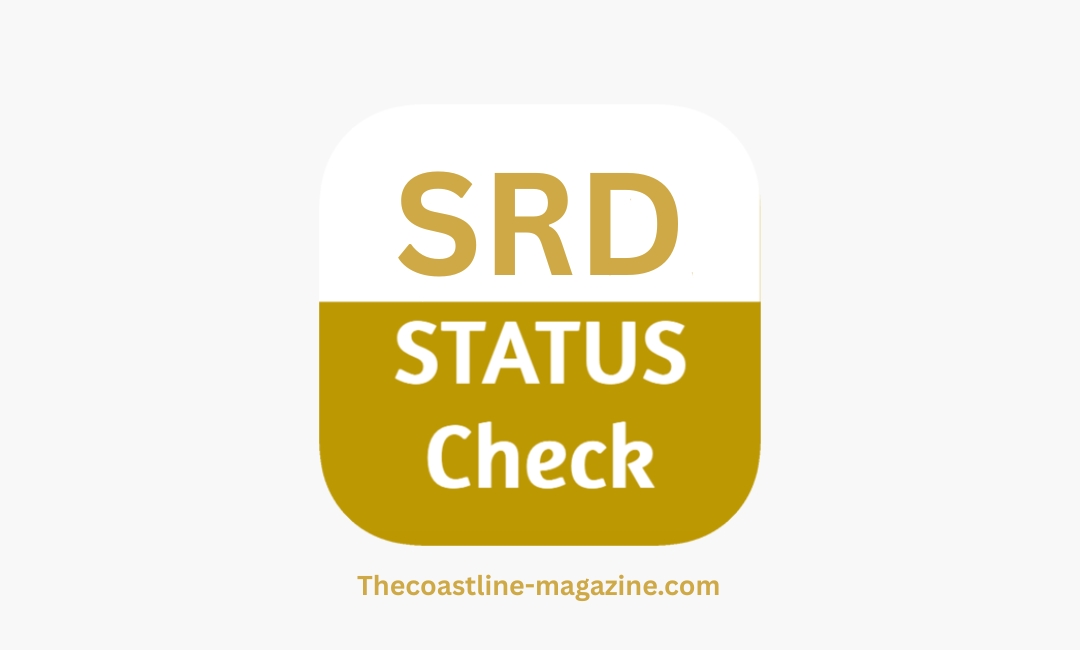In the current economic climate, the Social Relief of Distress (SRD) grant continues to be a vital support system for unemployed and financially vulnerable South Africans. Administered by the South African Social Security Agency (SASSA), the SRD grant provides monthly financial assistance to help individuals meet their basic needs. With millions applying, the most common concern among applicants is understanding the SRD status check process—knowing whether their application has been received, approved, or declined.
If you’re one of the many South Africans relying on the SRD grant, staying informed is crucial. This guide will walk you through everything you need to know about doing an SRD status check, how to respond to various outcomes, and what steps to take to ensure smooth and timely payments.
What is the SRD Grant?
The SRD grant is a temporary financial relief grant introduced by the South African government, originally launched during the COVID-19 pandemic. Although initially planned as a short-term intervention, the SRD grant has been extended multiple times due to the ongoing economic struggles faced by millions of citizens.
The SRD grant, often referred to as the R370 SASSA Grant (as of 2025), is meant for individuals who:
- Are unemployed
- Do not receive any other government assistance (UIF, NSFAS, or another SASSA grant)
- Are South African citizens, permanent residents, or refugees registered with Home Affairs
- Are 18 years or older
- Have an income of R624 or less per month
If you’ve already applied, your next step is to check your SRD status regularly to stay updated on your application outcome and payment progress.
Why Is the SRD Status Check Important?
Checking your SRD status is more than just a formality—it’s a necessity. Here’s why:
- Track Application Progress: Know whether your application is received, approved, or still under review.
- Monitor Payment Dates: See when your funds will be disbursed and track any delays.
- Resolve Rejections: If your application is declined, a status check lets you appeal quickly.
- Update Details: Check if your information (like banking details or contact info) is up-to-date.
Without performing regular SRD status checks, you may miss important notices, resulting in delayed or lost payments.
How to Perform an SRD Status Check in 2025
There are multiple user-friendly ways to check your SRD status, whether you’re using your smartphone or accessing it via desktop:
1. Online via the SASSA SRD Website
This is the official and most accurate way to check your SRD status.
- Visit: https://srd.sassa.gov.za
- Scroll to the section labeled “Check Status”
- Enter your ID number and mobile number
- Click Submit
- Your current application status will be displayed
You’ll see details like whether your application is approved, payment dates, and any action required on your part.
2. Via WhatsApp
An easy method that doesn’t require internet browsing:
- Save the number 082 046 8553 to your contacts
- Send a message that says “Status”
- Follow the prompts (you’ll need to enter your ID number and cellphone number)
- Wait for your SRD grant status to appear
3. Call the SASSA Toll-Free Number
If you’re not tech-savvy or want to speak to a human:
- Call 0800 60 10 11
- Follow the voice prompts or speak to an agent
- Provide your ID number and personal info
- Request your application and payment status
Understanding SRD Status Results
Once you perform an SRD status check, you might see different status messages. Here’s what they mean:
Approved
Congratulations! Your application has been accepted. You’ll receive a payment date soon. Make sure your banking details are accurate.
Pending
Your application is still under review. This could mean SASSA is verifying your income or checking your banking info.
Declined
Your application has been rejected, possibly because:
- You receive another grant (e.g., child support)
- You have income above R624
- Your ID or phone number doesn’t match government records
You can submit an appeal within 90 days if you believe the decision was incorrect.
Reapplication Required
This means your previous application cycle has ended and you must reapply for the new payment cycle.
How to Appeal a Declined SRD Application
If your SRD status check shows a decline and you believe it’s incorrect, follow these steps:
- Visit https://srd.sassa.gov.za/appeals
- Enter your ID number and mobile number
- Follow the on-screen steps to submit your appeal
- Provide reasons and upload supporting documents (if any)
- Check appeal progress using the same portal
The Independent Tribunal for Social Assistance Appeals (ITSAA) will assess your appeal within 60-90 days.
Important: Update Your Banking Details
A common reason for SRD payment delays is incorrect or outdated banking info. Here’s how to update it:
- Go to https://srd.sassa.gov.za
- Scroll to the “Banking Details” section
- Enter your ID number and follow the secure link sent to your phone
- Select your bank and enter account details (must be in your name)
- Submit and wait for verification
Always double-check that the account is active and matches your ID to avoid rejections.
How Often Should You Do an SRD Status Check?
It is recommended to check your SRD status at least once per month, especially around these times:
- After applying for the first time
- At the beginning of a new payment cycle
- If you’ve updated any personal information
- After submitting an appeal
Regular checking ensures you’re never caught off guard by delays, rejections, or action requests from SASSA.
Final Thoughts: Stay Informed, Stay Empowered
With rising living costs and unemployment, the SRD grant remains a critical lifeline for many South Africans. Performing a regular SRD status check ensures that your application stays on track, payments are not missed, and any issues can be resolved quickly.
Whether you’re a first-time applicant or a long-term recipient, understanding how to navigate the SASSA SRD system gives you control and peace of mind. By using the official online tools, WhatsApp services, or the SASSA call center, you can always be a step ahead in managing your financial support.

